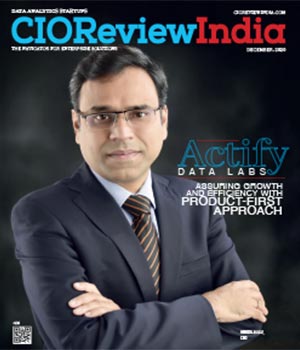
Enterprise Data Management Enabling Informed Decision Making
Abhrasnata Das | Wednesday, 16 November 2022, 14:00 IST
 As the business progresses toward a technology-driven future, effective data management seems critical in fueling decisions, empowering efficiencies, and shaping company directions. According to IDC, a market intelligence organization, businesses are now handling data that is growing at an average pace of 40% a year. With exponential growth in organization-level data generation, it is now imperative to standardize the data and convert them to useful forms while storing them in a secure but useful manner that becomes accessible for the users.
As the business progresses toward a technology-driven future, effective data management seems critical in fueling decisions, empowering efficiencies, and shaping company directions. According to IDC, a market intelligence organization, businesses are now handling data that is growing at an average pace of 40% a year. With exponential growth in organization-level data generation, it is now imperative to standardize the data and convert them to useful forms while storing them in a secure but useful manner that becomes accessible for the users.
Today, Enterprise data management(EDM) is imperative in the effective management and analysis of data obtained from different sources. With efficient data management, EDM improves the overall data quality, helping industries to make informed business decisions. EDM is also key in enriching data visualization and identification of trends, opportunities, and threats.
However, with massive technological innovations altering the course of business operations, the forms of EDM are also evolving today. In this article, we have listed the key trends in the EDM domain.
Augmented Meta Data Management
Coined by Gartner, augmented data management is an automated layer built using machine learning on top of a conventional data catalog that simplifies data discovery, connection, metadata enrichment, organization, and governance.
A key component of automating the overall quality of the accessible data is augmented data management. The ML-driven procedure finds trends, abnormalities, and other problems with the quality of the data and eliminates any discrepancies. It enables companies to make decisions based on solid information.
Incorporating AI and ML into the data management process would, according to a new Gartner report, cut down on manual data management duties by 45 percent until 2022. ADM automatically ingests, stores, and organizes data, removing the need for human input. Instead of cleaning or organizing data, technical experts may concentrate on jobs that are more important or produce insights.
ADM automatically gathers and arranges both structured and unstructured data when it comes to metadata management. It offers an expanded data catalog and analysis of all different kinds of metadata and their connections.
Multimodal Data Framework
Modern businesses can no longer use monolithic data management solutions. A current and thorough data management infrastructure that can handle the proliferation of data producers, consumers, applications, and services is necessary to support this development in complexity and size.
The multi-modal data management platform architecture that enhances data management design and practices is built on the basis of the data fabric. The corporate data management architecture must be curated and coordinated in a way that destroys organizational and technological silos and unifies data management under a single platform. This is where data fabric comes in.
According to Gartner, services that aid in the creation and maintenance of a data fabric will increase to $3.7 billion annually by 2026, and by 2024, 25% of data management suppliers, up from 5% now, will offer a full framework for a data fabric.
A data fabric is the best option for businesses with global reach, a variety of data sources, and challenging access and management requirements. Following developments in hardware capabilities, globalization is spreading to previously disconnected places. Businesses may experience data overload as a result of faster connectivity speeds.
Cloud data Infrastructure
The transition from old on-premise systems to the cloud freed up previously constrained resources used for infrastructure upkeep, dependability, and availability and leveled the playing field for cutting-edge methods. With Gartner predicting that spending on public cloud services would reach $500 billion by 2022, the alluring new low-floor and high-ceiling paradigm for technology adoption are primed to acquire further popularity.
Less time and resources need to be used to manage on-premise systems thanks to AWS's five-nines of availability and astounding eleven-nines of durability, the public cloud leader serving a third of the market.
This benefit can be realized by paying capital costs for hardware or by hiring an army of specialists to handle networking, administration, data management, security, reliability, maintenance, etc., which may be more expensive.
Cloud-native storage platforms, which are based on cutting-edge architectures like cloud data lakes, cloud data warehouses, and the novel but recognizable cloud lakehouses, offer effective and easily scalable solutions from both a data management and storage perspective.
Moving Ahead
It is important to note that the technical and architectural elements of business data management are predominantly covered in this review of developing trends in enterprise data management.
However, from a historical perspective, the rapid advancement of technological skills is only one aspect of achieving commercial potential in the area. Adopting and putting into practice the proper organizational change management strategies, as well as having the proper technical and organizational resources to catalyze and support them, are necessary for the sustainable growth and adoption of these trends in the enterprise space.
CIO Viewpoint
Accept Data as an Entity on Balance sheet
By Akshey Gupta, Chief Data Officer, Bandhan Bank
Technology Forecast And Concern In 2020
By Anil Kumar Ranjan, Head IT, Macawber Beekay Private Limited
Data Analytics For Enhanced Productivity And...
By Krishnakumar Madhavan, Head IT, KLA
CXO Insights
Regulatory Implications and Data Protection:...
By Richa Singh
Data-Driven Predictive Technologies
By Pankaj Parimal, Head of Launch & Change Management, Hella Automotive Mexico, S.A. de C.V., Mexico, North America.
5 Mantras That Can Drive Organizations Towards...


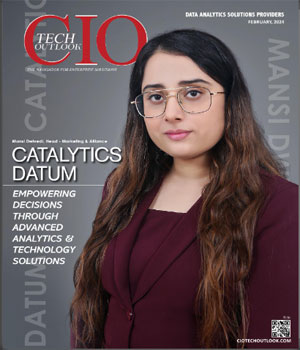
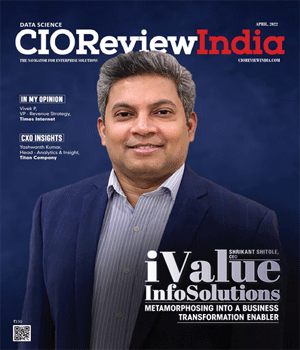
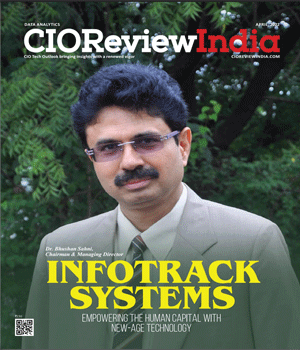
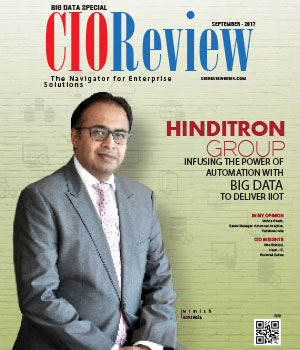
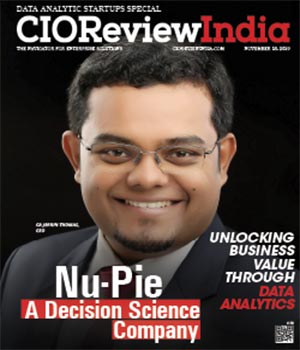
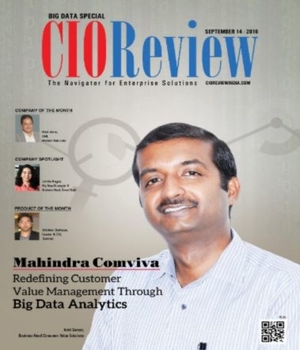
.jpg)
.jpg)
